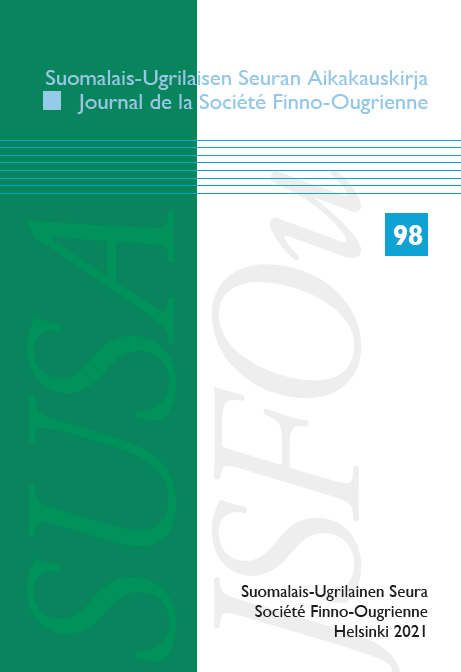Reflections of Russian dialect geography in Djorža Karelian
DOI:
https://doi.org/10.33340/susa.91524Abstract
Can we pinpoint an Eastern Finnic dialect on the map, based exclusively on the Russian influence in its phonology and grammar? How precisely do differences between Russian (sub-)dialects manifest themselves in Eastern Finnic? Due to its unique location, far from its relatives, and its contacts with different Russian dialects, Djorža Karelian is a promising tool for answering these questions. We explore the distribution of three phonological features in Djorža Karelian vocabulary borrowed from Russian; all of them correspond to isoglosses on the Russian dialect map. In addition, we also shortly examine one syntactic feature in this Karelian variety: the distribution of two borrowed conjunctions with similar meaning and North-South divide in Russian dialects. We conclude that phonology is not the best detector of contact between non-cognate dialects, because of the small sound inventories of the contact varieties and the problems in distinguishing externally driven change from internally driven change. Syntax seems to be a better diagnostic for contact between non-cognate dialects, because of its complex relationship with meaning. We go on to demonstrate how syntactic evidence from a non-Slavic variety can also be suggestive for the occurrence of linguistic phenomena in Russian dialects.





